
Determine Slope; DESMOS Activity; Proportional Relationship; Additive Relationship - Mathematics Instructional Plan
- Subject:
- Mathematics
- Material Type:
- Lesson Plan
- Provider:
- VDOE
- Author:
- VDOE
- Date Added:
- 10/07/2024

Determine Slope; DESMOS Activity; Proportional Relationship; Additive Relationship - Mathematics Instructional Plan

Slope-2-Slope with Desmos Mathematics Instructional Plan

Solving Linear Equations Using Functions with Desmos Mathematics Instructional Plan

Curve of Best Fit 1 With Desmos Mathematics Instructional Plan
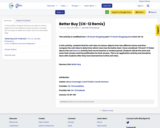
In this activity, students find the unit rates of various objects from two different stores and then compare the unit rates to determine which store has the better deal.
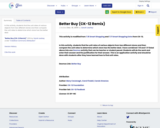
In this activity, students find the unit rates of various objects from two different stores and then compare the unit rates to determine which store has the better deal.

This is a Desmos activity to assess the knowledge students have of the slope of parallel and perpendicular lines and angle relationships formed when parallel lines are cut by a transversal.

This is an originally created Desmos activity. In this activity, students interact with different screens to perform a combination of transformations. Students will check their work and, upon revealing the answer, will not be able to change their answers. After checking their work, students will justify their creations.

Students evaluate functions to make a connection to compositions of functions. Students then practice finding compositions of functions. Students end the activity evaluating compositions of functions both algebraically and graphically with a challenge that includes multiple compositions.

Using given congruent triangle statements, students will create congruent triangles and find the lengths of all the sides.
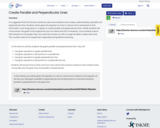
It is suggested that this activity be used once students have a deep understanding of parallel and perpendicular lines. Students will be given the equation of a line in various forms and based on that information, must drag points on a graph to create parallel and perpendicular lines. Initially students will not be shown the graph of the original line, but can obtain that hint if necessary. Once students submit their solutions on the graph, they can reveal the answer, but will no longer be able to adjust their work. This could be used as an assessment, especially during distance learning.
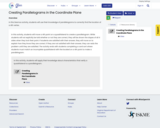
In this Desmos activity, students will use their knowledge of parallelograms to correctly find the location of a 4th vertex.

Students practice identifying the types of variation from equations and solving problems of different types of variation.

This is a Desmos activity to explore domain and range of continuous functions. Students do not need prior knowledge of domain and range; this is an exploratory instructional activity.

Students will be introduced to the Empirical Rule for normal distributions and practice using it to answer questions.
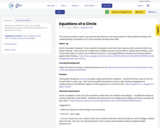
This resource provides a warm-up, concept development, practice and alternate assessment for Equations of a Circle.

Students evaluate functions with function notation both algebraically and graphically.

Students match features of exponential and logarithmic functions and then consider which features could change with a transformation. Features include: domain, range, intervals of increasing/decreasing, x- and y- intercepts, end behavior, and asymptotes.

Students review domain, range, and intervals of increasing and decreasing using a draggable point to help them find extrema. Students find both absolute and relative extrema.
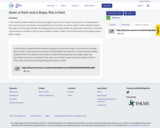
In this activity, students will be randomly assigned a point and a slope. They will use a movable point to plot a second point and receive visual feedback via animation as well as explicit written feedback about the slope of the line they created. All starting points and target slopes are generated randomly, so students in the class are not likely to get the same problems within a slide. They will all be practicing plotting points given a slope.